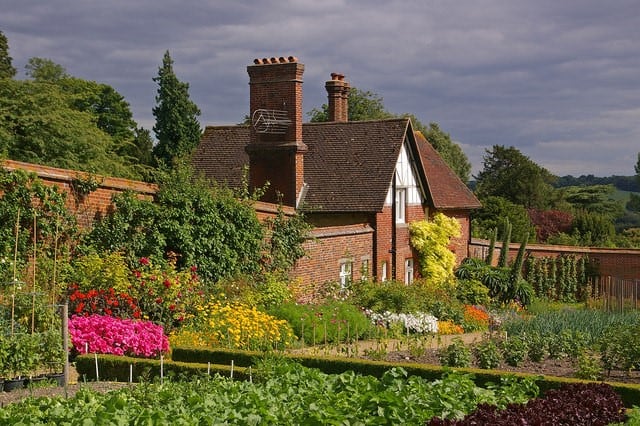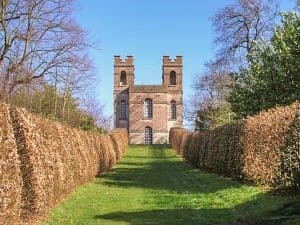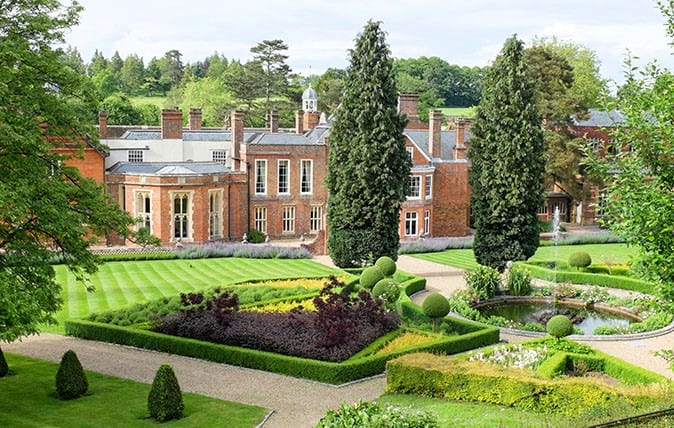How the Victorians Influenced our Local Gardens
Prior to the Victorian age Surrey was a little known county but with the coming of the railways it opened up as people were able to come out from London with their bicycles and enjoy the countryside. It was then that gardening became extremely popular. The wealthy had the space and money to create large, lavish landscapes and the middle class were also able to create beautiful gardens many of which are to be found in Surrey. Let’s now look more closely at the characteristics of Victorian garden style.
Flower beds were formal with showy plants and flowers grown along walkways or in large raised beds. Victorians preferred big, bold plants like lilies, dahlias, ferns and ornamental grasses. Traditional cottage garden flowers such as hollyhocks, snapdragons and sunflowers were considered outdated.
Collecting plants imported from all over the world became a popular hobby and thus necessitated the construction of glasshouses to house these tropical plants during winter. They were situated in the walled kitchen garden which played an important part in Victorian lives. It was the job of the head gardener to prepare displays of exotic fruits for the master of the house as well as elaborate floral arrangements for the table. The mid 19th century garden at Titsey Place (image below), home of the Gresham family for many years, contains a number of glasshouses now fully restored.

Lawns were an essential element of Victorian garden style, designed to frame a lovely house and also for socialising and lawn games. A huge variety of shrubs and trees, both evergreen and deciduous, were used for planting along property lines or in mixed hedges.
The Victorians loved ornamentation, in particular, topiary, sundials on pedestals, cast iron ornaments, statues, pools and fountains, urns filled with flowers and foliage in covered trellises – anything flamboyant.
However, although all these gardens helped to popularise gardens and gardening in Victorian England, because of their romantic image, they do not depict the widespread poverty that was often found in rural areas. Nevertheless the paintings of the Victorian “cottage artist” Helen Allingham showing an abundance of flowers in cottage gardens, and portraying country life at that time, were much sought after by the Victorians.
Most of the gardens from this period were designed in an earlier age but were remodelled throughout the 19th century. Here are some examples:-

Claremont: extensive pleasure gardens and park surrounding a country mansion originally designed by Sir John Vanbrugh but remodelled in the early 19th century. Highlights are a superb serpentine lake, an amphitheatre and a belvedere (a raised gallery or summer house for viewing).

Wotton House: home of John Evelyn’s family for many years, but now a hotel, was the first Italian garden in this country with extensive alterations in early to mid 19th century. Thirteen acres of eccentric formal gardens containing extravagant features such as temples, grottoes, waterfalls and various follies.

Munstead Wood: late 19th century garden, one of many created by Gertrude Jekyll, probably the most famous of all the Arts & Crafts gardeners, full of colourful roses, pergolas and lily ponds. She is especially known for her ability to showcase plants to the best of their advantage by colour, texture and shape according to the season.
Thus the formal style that we associate with the Victorians, in both their elaborate and richly adorned houses and dress and in their love of brightly coloured flowers, was reflected in gardens such as these. The introduction of plants from every continent and climate all helped to increase their knowledge of plant breeding and, together with meticulous garden design, they were able to create the gardens which we still see and admire today.
Virginia Turner



